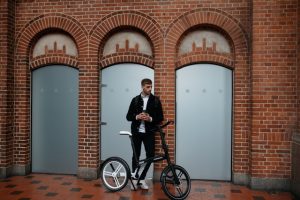
E-bikes are no longer a niche product; they’ve become a serious player in transport and business. Models like the ebox dragster australia show how design, performance, and innovation can turn cycling into a mainstream alternative for commuting and logistics. But beyond the technology itself, the growth of e-bikes is also a story shaped by business strategies and political decisions.
For companies, e-bikes represent opportunity. Retailers and manufacturers see growing demand across both urban and regional markets, while delivery services are adopting e-bikes to cut costs and improve efficiency. Start-ups and established brands alike are competing to build faster, lighter, and more reliable models.
The Ebox Dragster Australia is an example of how brands are tailoring products for specific markets. Its design takes into account the long commutes and mixed terrains common in Australian cities, making it practical for both everyday riders and businesses looking at fleet options.
Government policy plays a critical role in the success of e-bikes. In many countries, subsidies, tax incentives, and grants encourage adoption. Local councils also invest in bike lanes, charging stations, and secure parking to support this shift.
In Australia, debates around transport infrastructure often highlight e-bikes as part of the solution to congestion and emissions. By backing models like the Ebox Dragster Australia, policymakers can demonstrate how sustainable mobility aligns with broader goals, such as reducing carbon footprints and easing pressure on public transport systems.
Of course, politics also brings challenges. Questions around regulation—such as speed limits, road sharing, and helmet laws—can slow adoption. Businesses call for clearer standards, while governments balance innovation with safety.
There are also broader debates about who benefits from subsidies and whether incentives should prioritize e-bikes over other green technologies. These discussions highlight the intersection of politics, business interests, and environmental responsibility.
Despite challenges, the direction is clear: e-bikes are here to stay. Business leaders see them as profitable and scalable, while politicians view them as practical tools for sustainability. The collaboration between the two sectors is what will determine how quickly adoption spreads.
As more people look for affordable, eco-friendly transport, e-bikes will remain in the headlines. Models like the Ebox Dragster Australia are not just products—they’re part of a larger story about how politics and business shape the way we move. In the years ahead, the conversation will only grow louder, driven by the shared need for cleaner, smarter mobility.